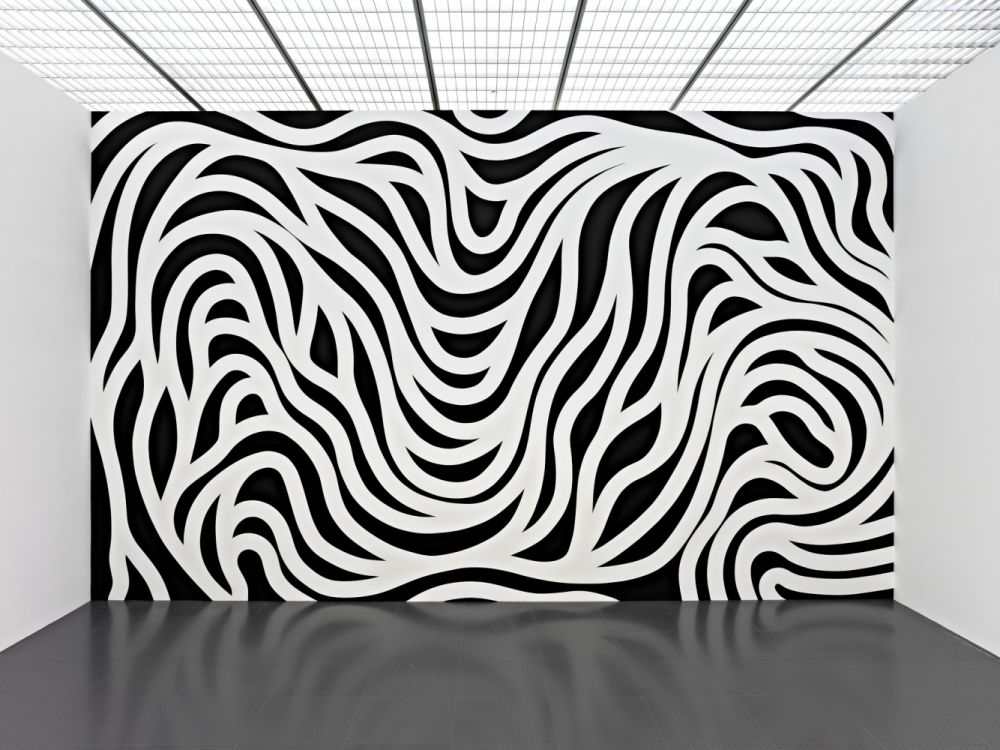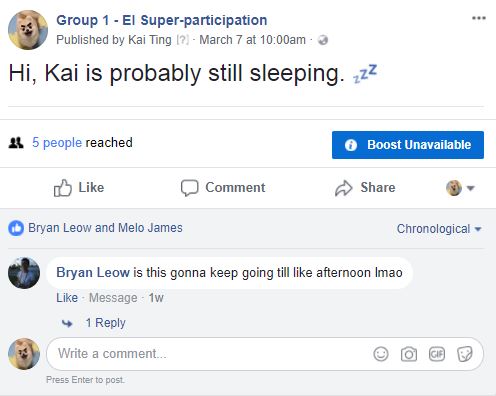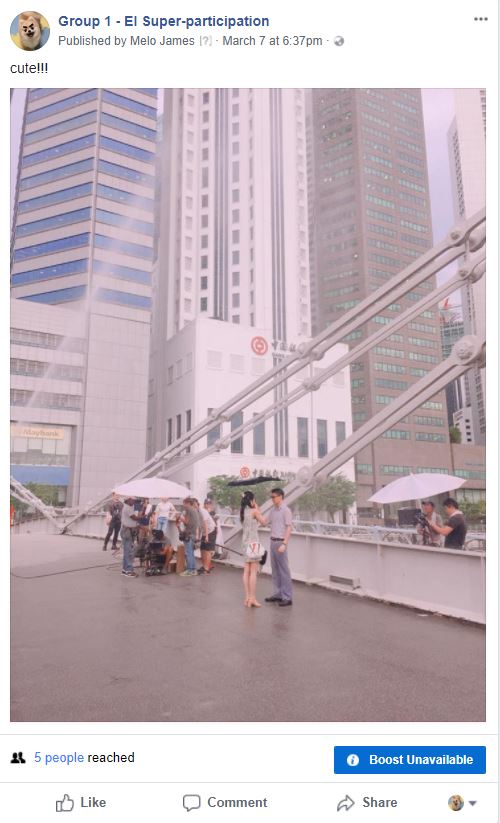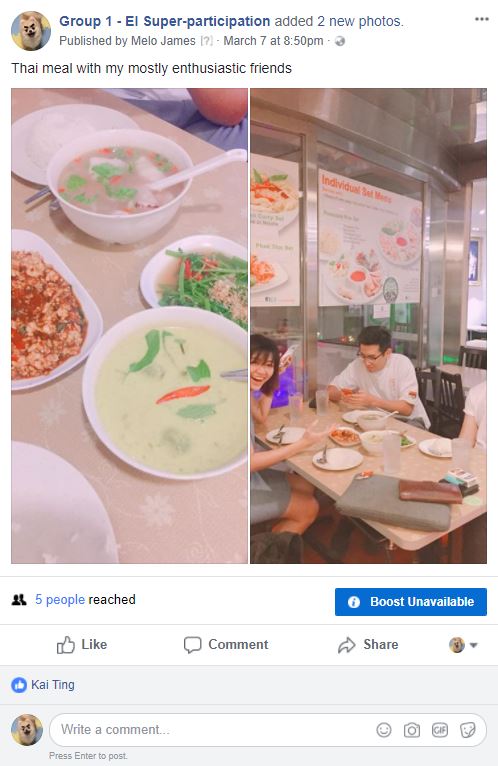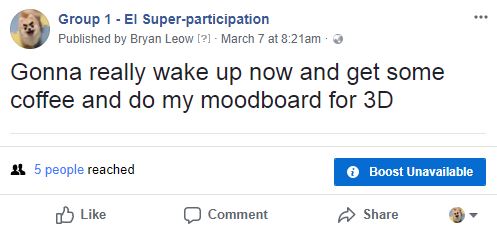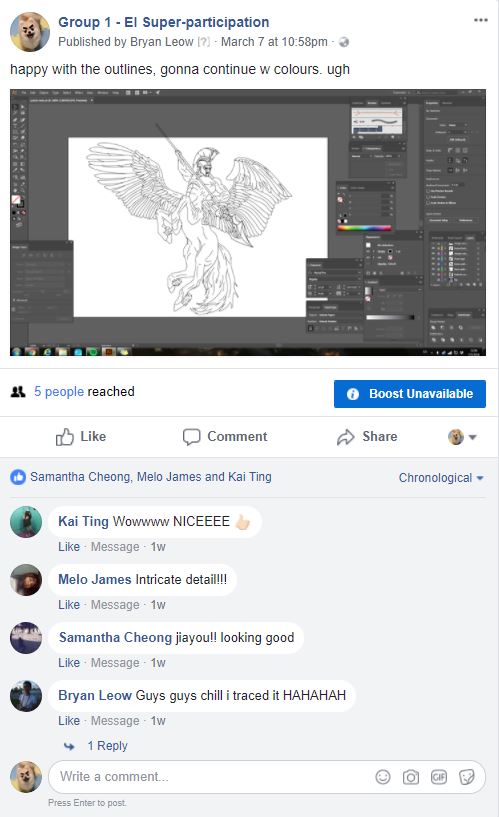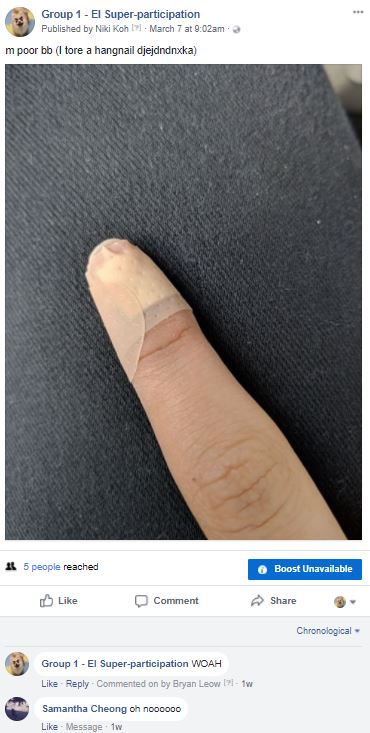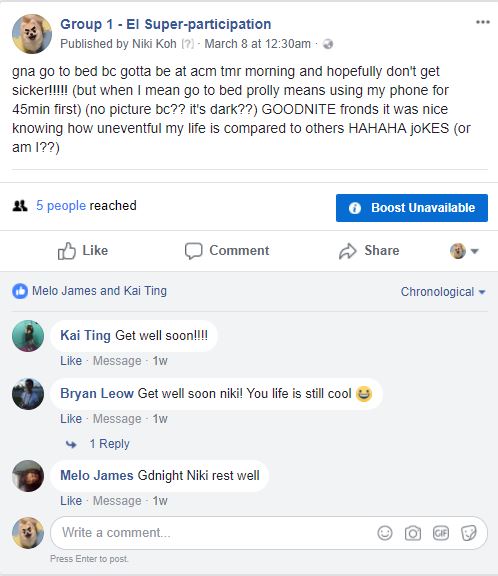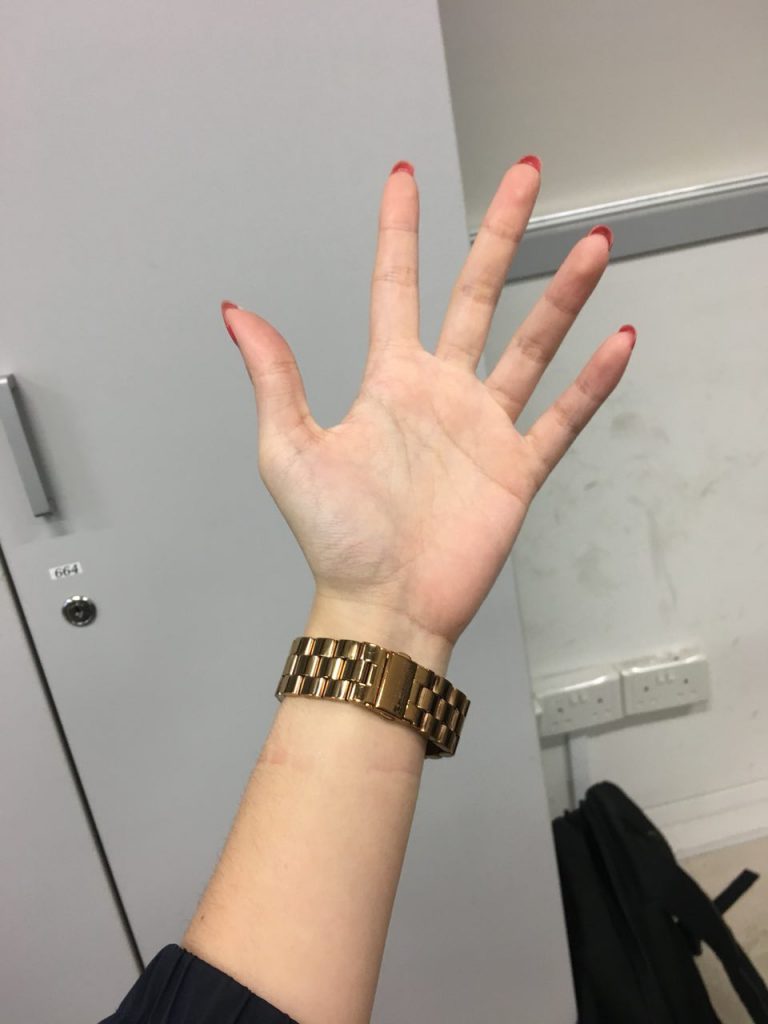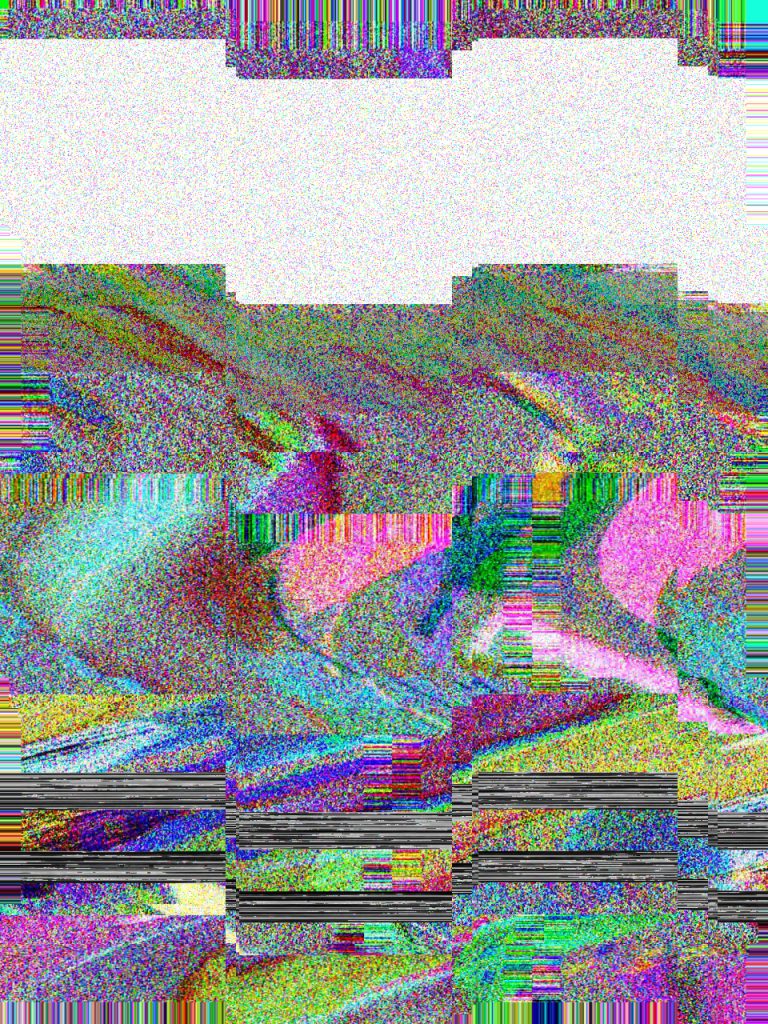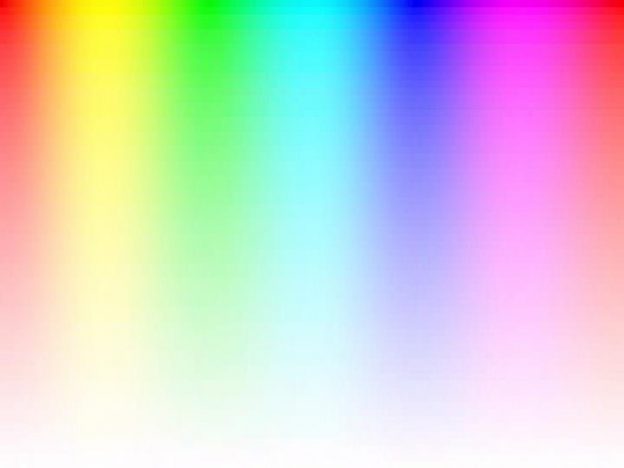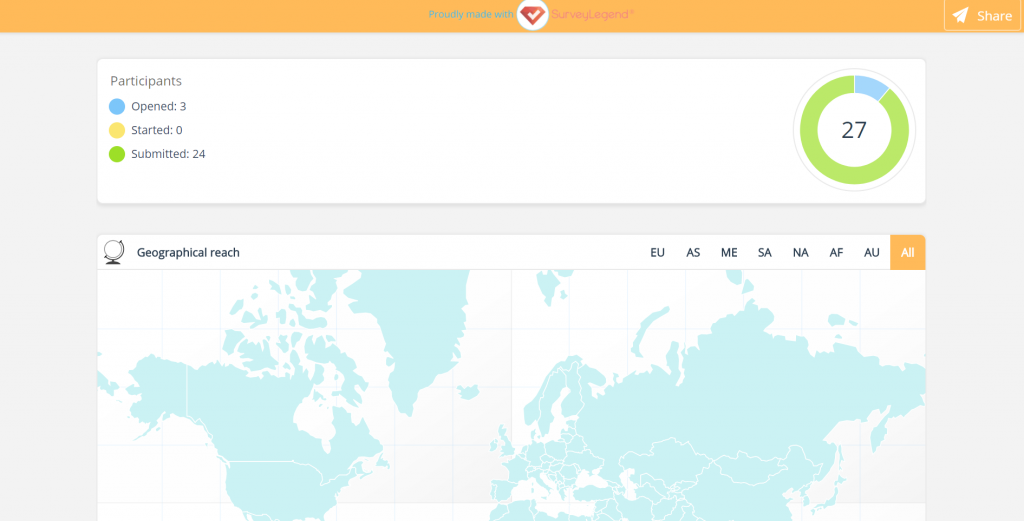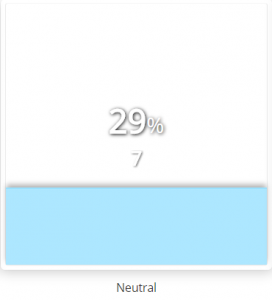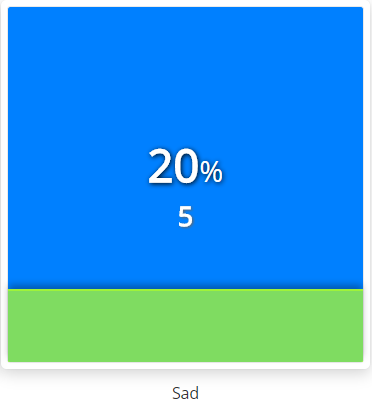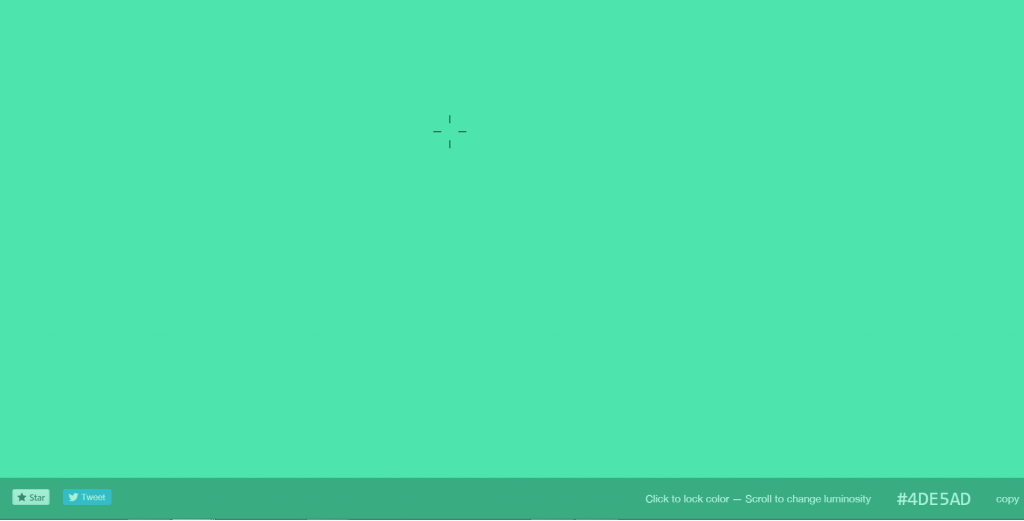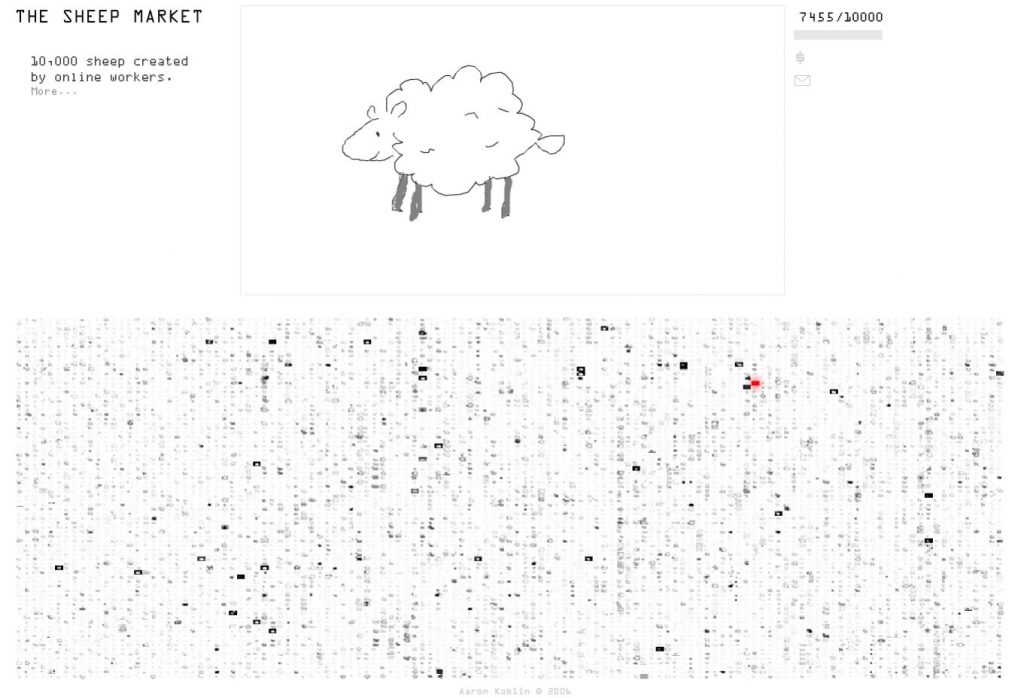Lines. Trips. Glitch.
Lines. Trips. Glitch. is a short 1 minute video selfie which expresses my artistic alter ego, mostly inspired by minimalist artist Sol Lewitt and glitch art. This video selfie explores traditional drawing and digital glitch art – and maybe the converging of both.
I was mostly inspired by Sol Lewitt, an American artist who is linked to art movements such as Minimalism and Conceptual art. He is recognised for his line artworks, where Lewitt would fill the entire canvas with just lines. Although abstract, I felt that Lewitt’s lines encapsulate more than just forms; perhaps even emotions.
As I chose an artist to express my artistic alter ego, I felt that the location would be best held in an artistic space, like this drawing room. The props in the room were arranged deliberately to create the desired mood, like how the painting at the back shows the contrast of a figure painted and a real person who is situated in front of the canvas (me). The effects of the video, mostly glitchy, added a trippy feel to it. (The painted face looks pretty demonic when the colour changed (00:58) secs) Accompanied by the song that I chose, (Erza by Flume), I wanted to portray a distorted state of mind as an “artist” inspired by Sol Lewitt, the imaginary double. Personally, the entangled lines which I drew symbolised being torn in between, confused and lost (mostly negative and thus, the distortion).
How can the video selfie be used to alter identity?
By taking a video selfie, we are given more control over the outcome of what we want to portray to the audience. Higher control also means that we are able to record according to what we want and we are able to stage any persona that we want to portray to the viewers. In addition, there is no limit to the takes and this ensures that we are able to perfect that persona if we wanted to.
How might video be used to conceal identity?
There are endless possibilities to our choices here in the digital world. We could choose to record the video selfie upfront, showing our faces but we could also choose not to show it at all. The viewers can only see what is shown in the video and nothing else, thus, the control is still being overpowered by the creators and not viewers.
How do the objects that surround you contribute to your sense of identity?
As mentioned, the location, the song choice and effects are deliberate ways to create the desired mise en scène. Without any dialogue, but just through my actions, the props and space, viewers are able to distinctly recognise myself as an artist who is drawing on a canvas.
Overall, I felt that this creating this video selfie has more thoughts put into it as we delved into digital identity. On a daily basis, as we post Instagram stories online, we neglect such aspects; we don’t consider whether do we actually alter our identity or not. But, through this micro-project, it instilled a greater sense of digital identity awareness in me.

